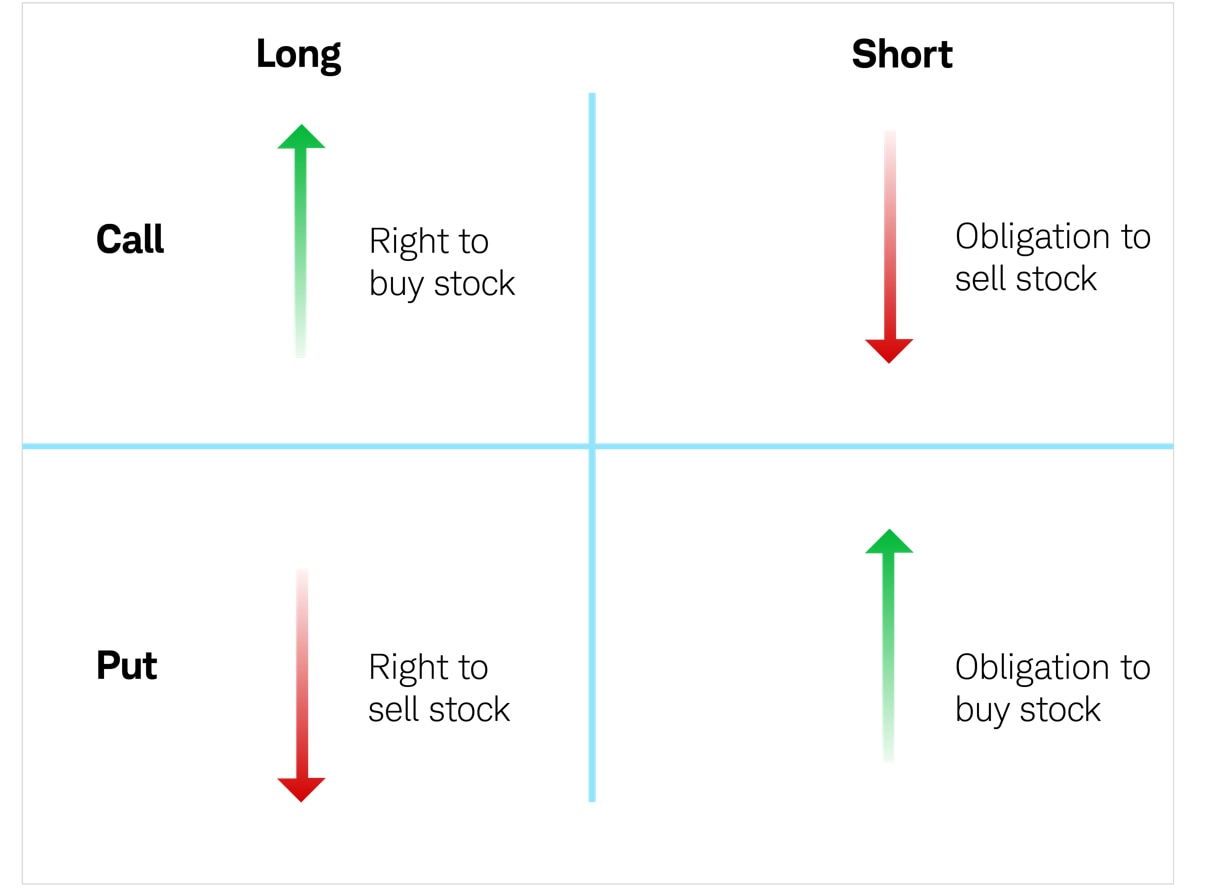Introduction

Image: www.youtube.com
The realm of options trading can be an exhilarating yet intricate landscape for those seeking to navigate its complex currents. Embarking on this journey requires an unyielding appetite for knowledge coupled with a pragmatic approach, equipping oneself with a comprehensive understanding of the intricacies that govern this dynamic market. This article aims to serve as an invaluable guide, delving into the nuances of options trading, illuminating its history, fundamental concepts, and strategies that can propel traders towards success.
Delving into the Genesis of Options Trading
The roots of options trading can be traced back to the esteemed halls of ancient Greece, where forward contracts resembling options emerged as a means of preserving the value of assets. Over the centuries, options evolved in tandem with the burgeoning financial markets, finding their footing in the 1973 establishment of the Chicago Board Options Exchange (CBOE). This pivotal moment signaled the formalization of options trading, introducing standardized contracts and ushering in an era of unprecedented transparency and accessibility.
Grasping the Pillars of Options Trading
At the core of options trading lies the concept of an options contract, essentially an agreement between two parties that confers the right, but not the obligation, to buy or sell an underlying asset at a predetermined price on a specified date. The “buyer” of an option pays a premium to the “seller” of the option in exchange for this right. The underlying asset can encompass a diverse range of instruments, including stocks, bonds, commodities, and indices.
Unveiling the Two Primary Option Types
Within the realm of options, two distinct types prevail: calls and puts. Call options embody the right to purchase the underlying asset, while put options empower the holder to sell the underlying asset. Understanding the dynamics of each option type is paramount to deciphering market fluctuations and positioning oneself for potential gains.
Crafting a Strategy: Exploring Common Options Trading Approaches
Navigating the options market demands a strategic mindset, adeptly employing various tactics to align with individual objectives. One such strategy is the “covered call,” where an investor possessing an underlying asset sells a call option against it, aiming to generate premium income while retaining the underlying asset. Conversely, a “bull call spread” involves purchasing a long-call option and simultaneously selling a short-call option at a higher strike price, capitalizing on a perceived upward trend.
Mastering Risk Management in Options Trading
The pursuit of profits in options trading is intrinsically intertwined with the prudent management of risk. Embracing a disciplined approach centered around risk parameters is indispensable for navigating market volatility and preserving capital. Strategies such as stop-loss orders and position sizing serve as crucial tools for mitigating potential losses and safeguarding financial well-being.
Embracing Technology and Analytics in Options Trading
The advent of sophisticated trading platforms and analytical tools has revolutionized the way traders interact with the options market. Real-time data feeds, advanced charting capabilities, and algorithmic trading have become indispensable resources, empowering traders to make informed decisions and execute trades with greater efficiency and accuracy.
Conclusion
The world of options trading beckons those with a thirst for financial adventure and intellectual stimulation. By delving into the nuances of options, understanding its history and underlying mechanisms, traders can unlock a world of possibilities in the financial markets. Harnessing the power of strategy, risk management, and technology, traders can prepare themselves to navigate the complexities of this dynamic market and embark on a rewarding trading journey.

Image: international.schwab.com
Options Trading Experience

Image: www.schwab.com






